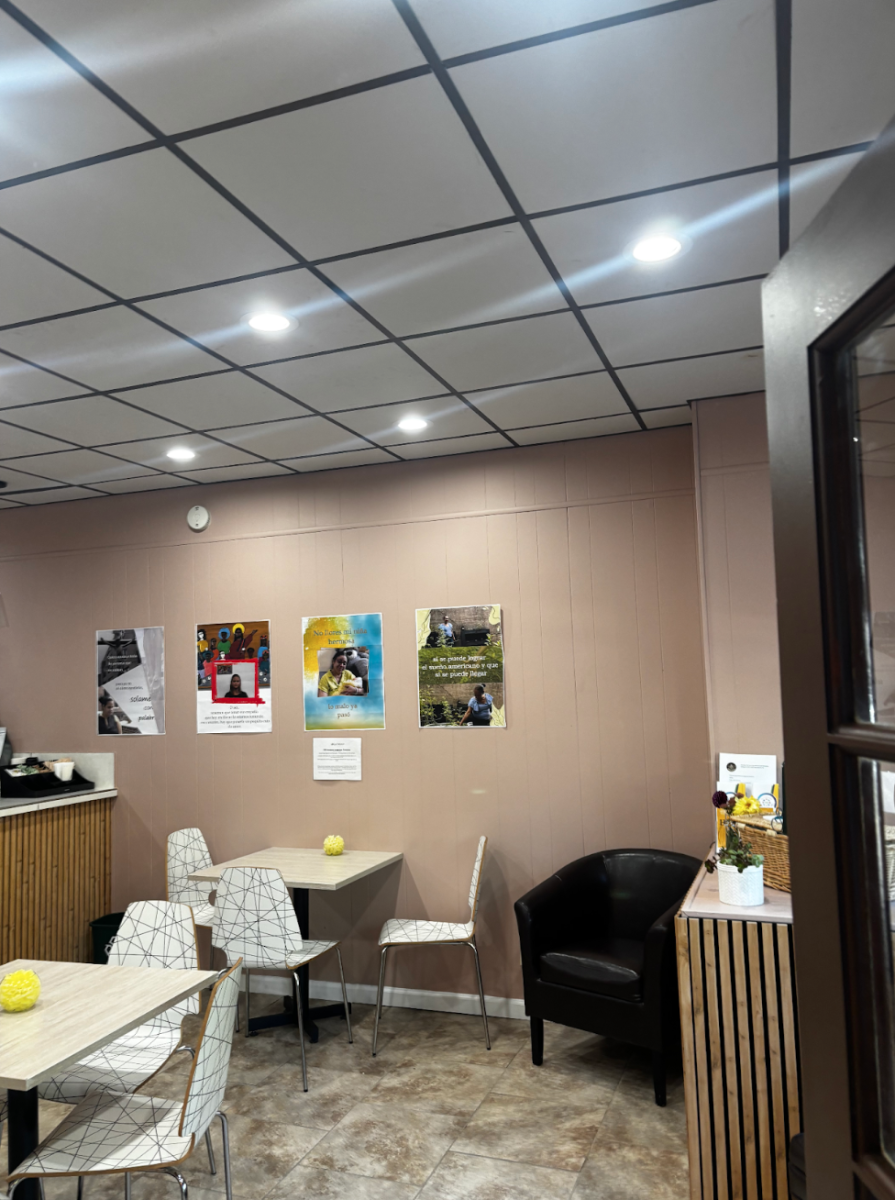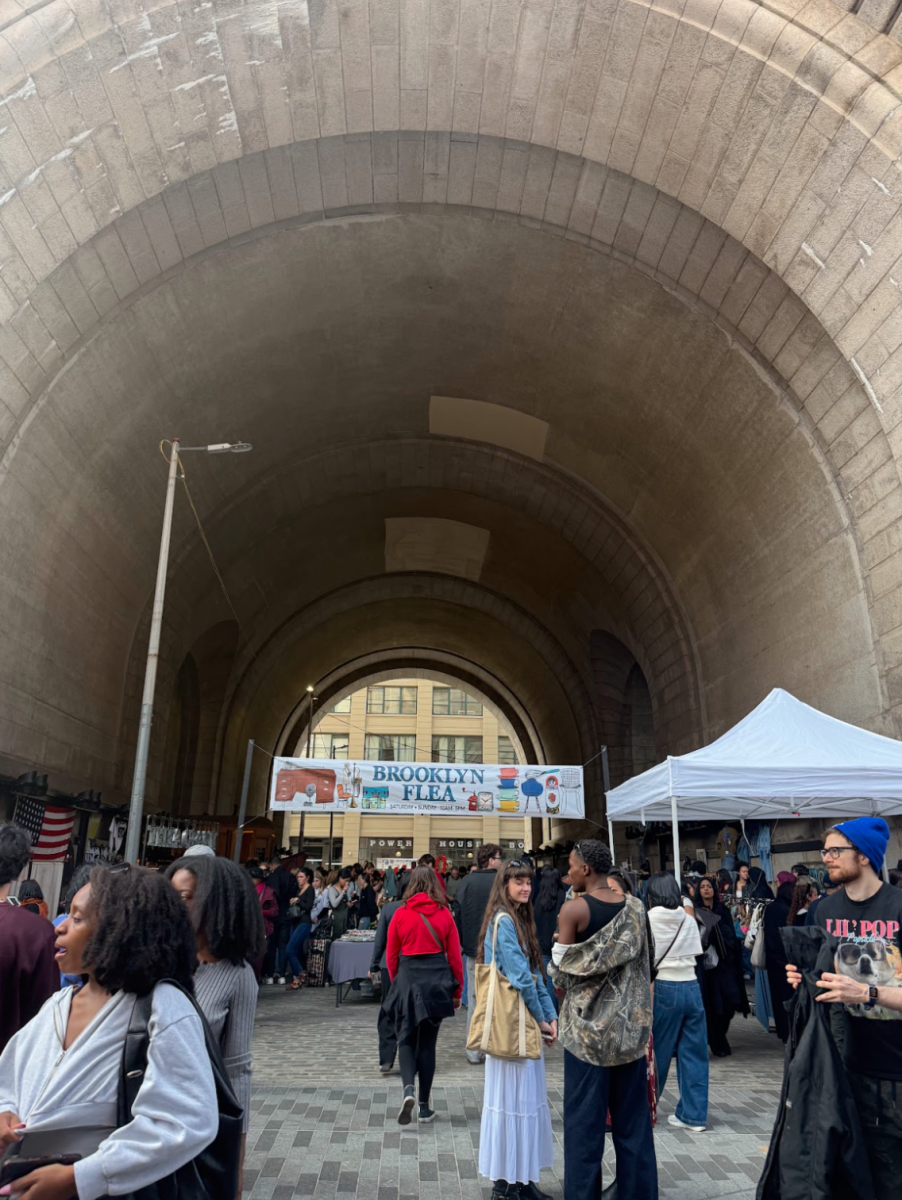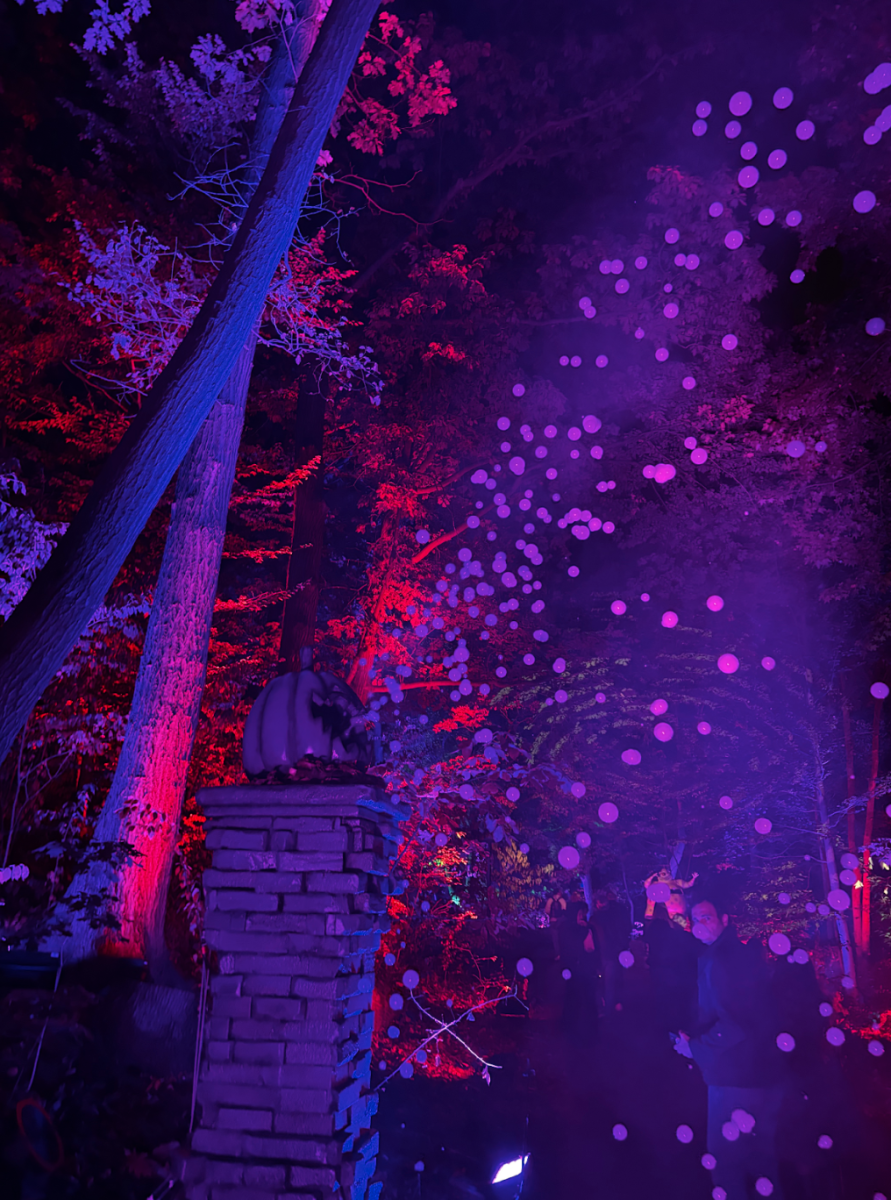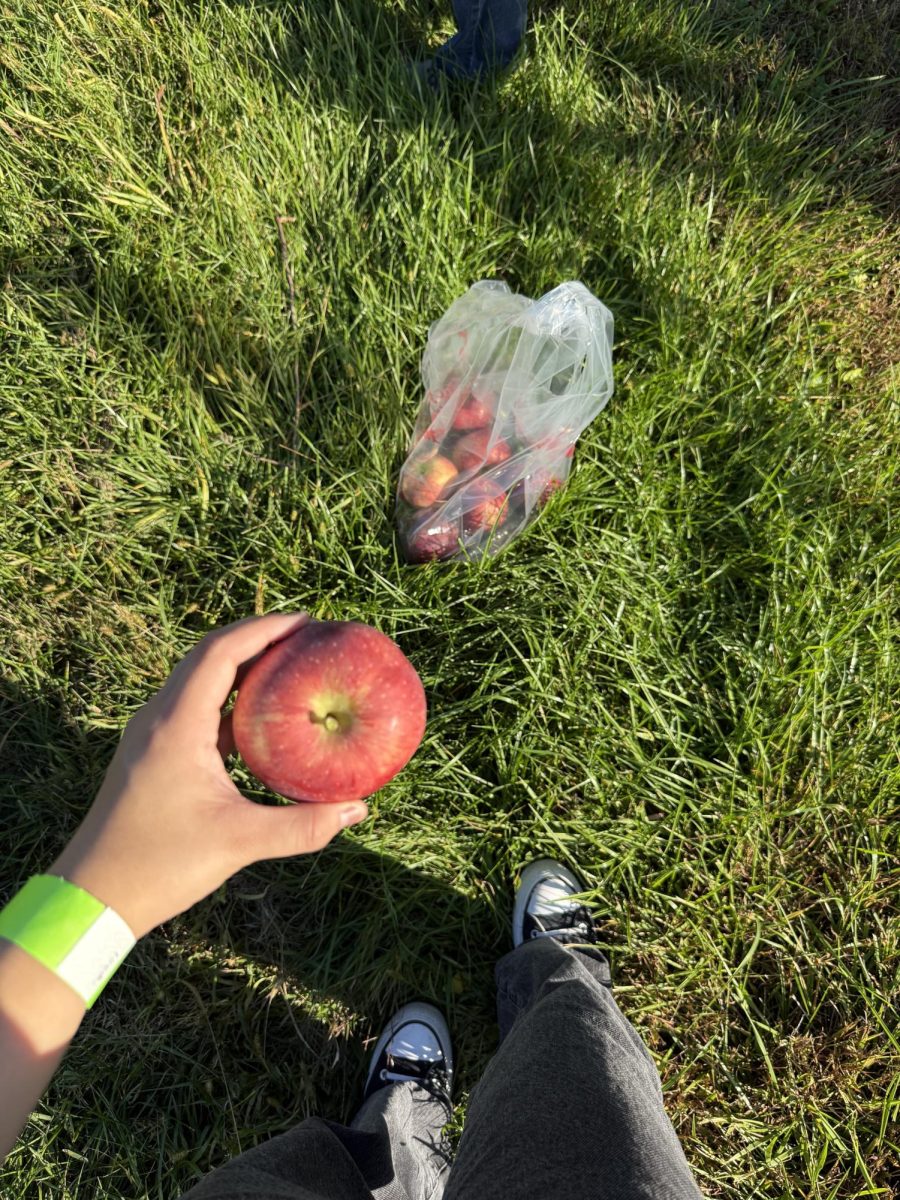By Bailey Hosfelt
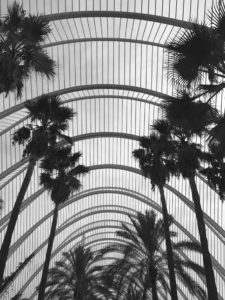
Follow former culture editor, current abroad correspondent Bailey Hosfelt as she sets up home base in España and bops about Europe for the semester, looking to save a buck and learn a thing or two along the way.
VALENCIA, SPAIN—I’ve said it before a la an Instagram caption, and I’ll say it again: The Met overwhelms me. This may not seem like it pertains to domestic travel in the slightest degree, but trudge onward despite your skepticism.
In my opinion, large places with lots of things to see are daunting. Add a timeframe into the mix and the debilitation can easily increase tenfold. Although 14K square feet smaller than the motherlode that is The Louvre, The Met’s still pretty massive. Each time I visit, I get this panicky feeling that I have to see it all in order to do it right. Like I need to make the art proud of my ability to always do the most.
This stifling sense of anxiety washed over me until a visit in August where I knew I only wanted to see one exhibit (‘Talking Pictures: Camera-Phone Conversations Between Artists,’ in case you were curious).
With a specific intent, everything felt much more manageable. Don’t worry what you pass along the way, I thought to myself, Experience what you came for and whatever you discover on the periphery will come as a pleasant surprise.
With 37 hours in Valencia— eight and a half of which were spent on a bus getting to and fro—I decided to take this same approach while on my first Spanish weekender. It’s impossible to cover a city corner to corner, let alone in less than two days.
So with little to no expectations besides a bedbug free hostel, my Fjallraven strategically stuffed and many throat lozenges on lock, I headed 350 km south.
After Madrid and Barcelona, Valencia is the third largest metropolitan city in Spain. Upon arrival on Saturday morning, my travel companions and I couldn’t help but notice how quiet it was in compared to Madrid and Barcelona. The streets were surprisingly still and many stores were closed for the weekend.
While awaiting our check-in, we drank 0,80 Euro coffee followed by 1,50 Sangria (did someone say steal?) at a nearby café and surveyed our surroundings. Here, we saw a wedding party where every bridesmaid donned a different colored jumpsuit, which honestly changed my mind about the social institution of marriage altogether. But I digress.
Although overcast and not an ideal beach day, we decided “when in Valencia.” The sand at Playa de la Malvarrosa was soft as ever, which made up for any aforementioned lack of sunshine. It’s October and very much still shorts season here, so I can’t even complain. Any climate that allows me to wear a neon-colored one piece well into pseudo-autumn is a clear winner.
Following the best menu of the day offering I’ve had since being in Spain—complete with cold mint tea, falafel, hummus and pita, a hearty serving of couscous and chocolate tart—we planned the logistics of our Sunday excursion to the City of Arts and Sciences, one of the 12 Treasures of Spain.
The City of Arts and Sciences was to my weekend in Valencia as ‘Talking Pictures’ was to The Met. It’s the only thing I knew I wanted to see going in, so everything I experienced on the periphery—from the wedding party bending stereotypical dress code, to wine with fruit being cheaper than water—came as, you guessed it, a pleasant surprise.
We rented some wheels in order to cover more ground at a faster pace. Whizzing through the Valencia’s network of public gardens that led to the City of Arts and Sciences was especially simple, as they were well serviced with bike lanes.
While my behind did get a little sore, it was equal parts efficient and enjoyable. Built at the end of an old riverbed rerouted following a flood, the City of Arts and Sciences really does feel like its own city.
The two architects behind the seven structures within the complex, Santiago Calatrava and Felix Candela, combine a modern and futuristic style, utilizing stark whites and thinly curved shells. The shallow pools surrounding the buildings are filled with pale blue water, allowing light to reflect onto the structures, making their color appear even crisper.
Calatrava’s architecture is known to unite structure with movement, the Oculus at the World Trade Center being one example of his prolific artistry. People often draw comparisons between Candela and Gaudi’s structures, especially L’Oceanografic, the largest open-air oceanographic park in Europe.
While each building has its own draw ranging from opera to indigenous plant species on the interior, the City of Arts and Sciences is one of those places where you’re not worried about seeing it all. There is enough public art and stunning architecture on the outside to go around, so seeing a little piece of it feels like success.
As we traveled along the Spanish highway en route to Barcelona, I reflected on how little I know about the Spanish highway system and was offered water to curb my incessant coughing from the stranger seated next to me. But seriously, at one point we went through a series of tunnels and I was sure I’d entered a wormhole in 3D Pinball Space Cadet.
Once back at home base, I caught up on the coverage from the Catalonia Referendum vote, preparing myself for the political twists and turns that have already begun to unfold. Stay tuned because it’s about to get interesting.





































































































































































































